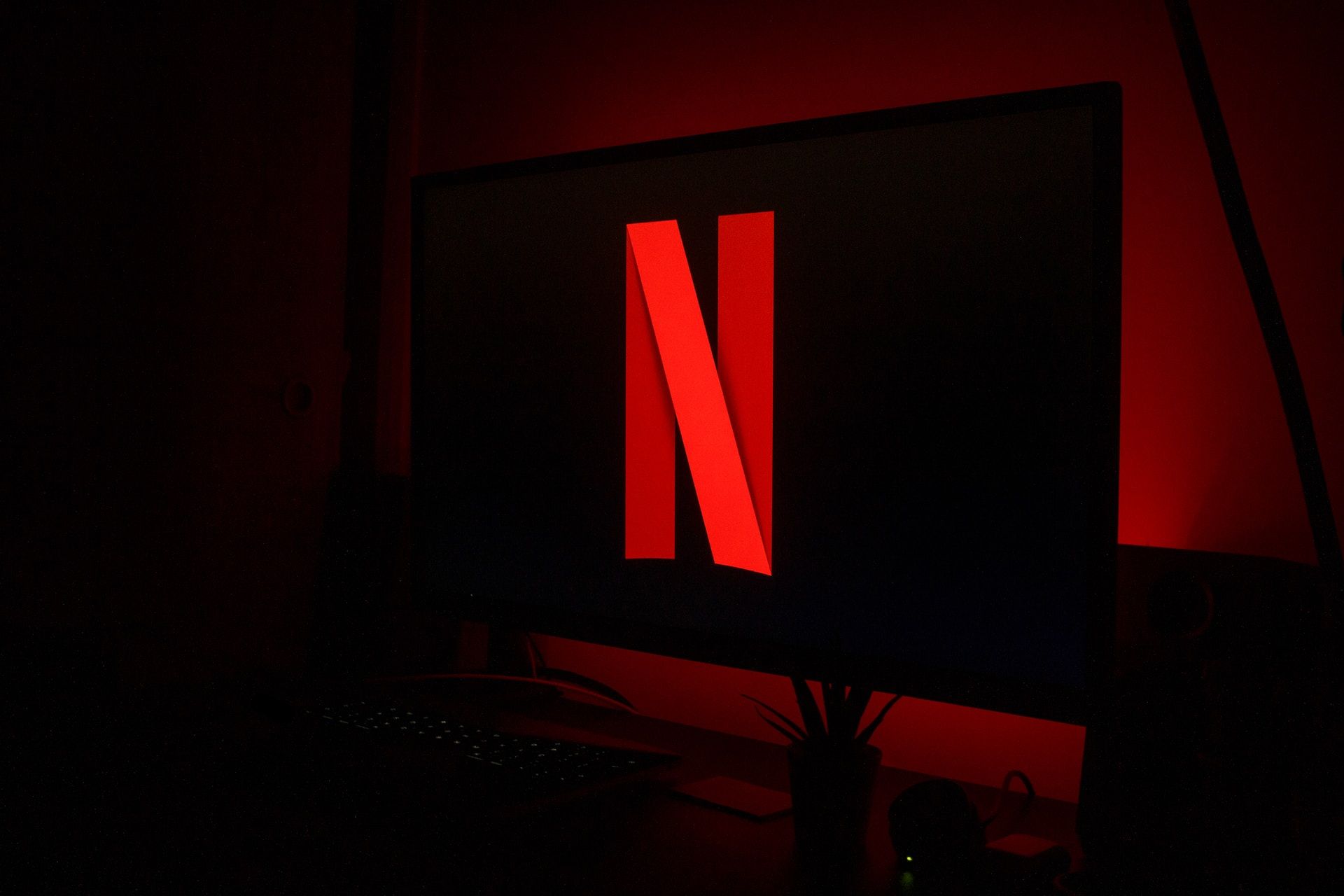Streaming Unleashed: How Digital Platforms Revolutionized Television

In recent years, the rise of streaming platforms has reshaped the landscape of television, leading to a monumental shift in the way we consume entertainment. Traditional television, once the dominant force in the industry, now faces unprecedented challenges as streaming services continue to gain popularity. This article delves into the profound impact that streaming platforms have had on traditional television, exploring the advantages and disadvantages of this digital revolution.
The Streaming Revolution
Gone are the days when viewers were bound by rigid television schedules and limited content options. Streaming platforms, such as Netflix, Amazon Prime Video, and Hulu, have given viewers unparalleled control over what, when, and how they watch their favorite shows. With on-demand streaming, viewers can binge-watch entire seasons, pause, rewind, or skip episodes at their convenience. This newfound flexibility has altered the viewing habits of millions, leading to a decline in traditional appointment viewing and contributing to the decline of live television ratings.
The Decline of Traditional Television
The rise of streaming platforms has disrupted the traditional television model in several ways. Firstly, streaming services have offered original content of exceptional quality, rivaling and even surpassing traditional network programming. This influx of high-quality content has compelled viewers to migrate to streaming platforms, further eroding the audience share of traditional television networks. As a result, networks have been forced to adapt, invest in original programming, and create their own streaming platforms to compete in the evolving landscape.
Advertising Paradigm Shift
Traditional television has long relied on advertising as a primary revenue stream. However, the advent of streaming platforms has introduced a new era in advertising. Many streaming services offer ad-free experiences, while others provide ad-supported options. The ability to target ads to specific demographics and track viewer engagement on streaming platforms has attracted advertisers looking for more effective marketing strategies. Consequently, traditional television networks are grappling with declining ad revenues and exploring new ways to engage audiences.
The Power of Data and Personalization
Streaming platforms have leveraged user data to transform the way content is curated and personalized. Algorithms analyze viewing habits, preferences, and ratings to offer tailored recommendations, enhancing the viewer experience. This level of personalization has become a defining feature of streaming platforms, catering to individual tastes and reducing the need for channel surfing. Traditional television, on the other hand, struggles to compete with the level of customization and engagement offered by streaming platforms.
The Future of Television
The impact of streaming platforms on traditional television is undeniable, but it is important to recognize that both mediums can coexist and even complement each other. Traditional television networks have begun embracing streaming, offering on-demand services and partnering with existing platforms to extend their reach. Hybrid models that combine traditional broadcasting with digital streaming are emerging, ensuring that television remains a relevant and accessible form of entertainment.
The rise of streaming platforms has brought about a revolution in the television industry, challenging the dominance of traditional television networks. The convenience, flexibility, and personalized experiences offered by streaming services have transformed the way viewers engage with content. However, traditional television continues to adapt and innovate, aiming to reclaim its position in the evolving landscape. As the industry continues to evolve, it is likely that a symbiotic relationship between streaming platforms and traditional television will emerge, providing audiences with a diverse range of entertainment options. The future of television lies in the fusion of digital innovation and traditional storytelling, offering viewers the best of both worlds.
